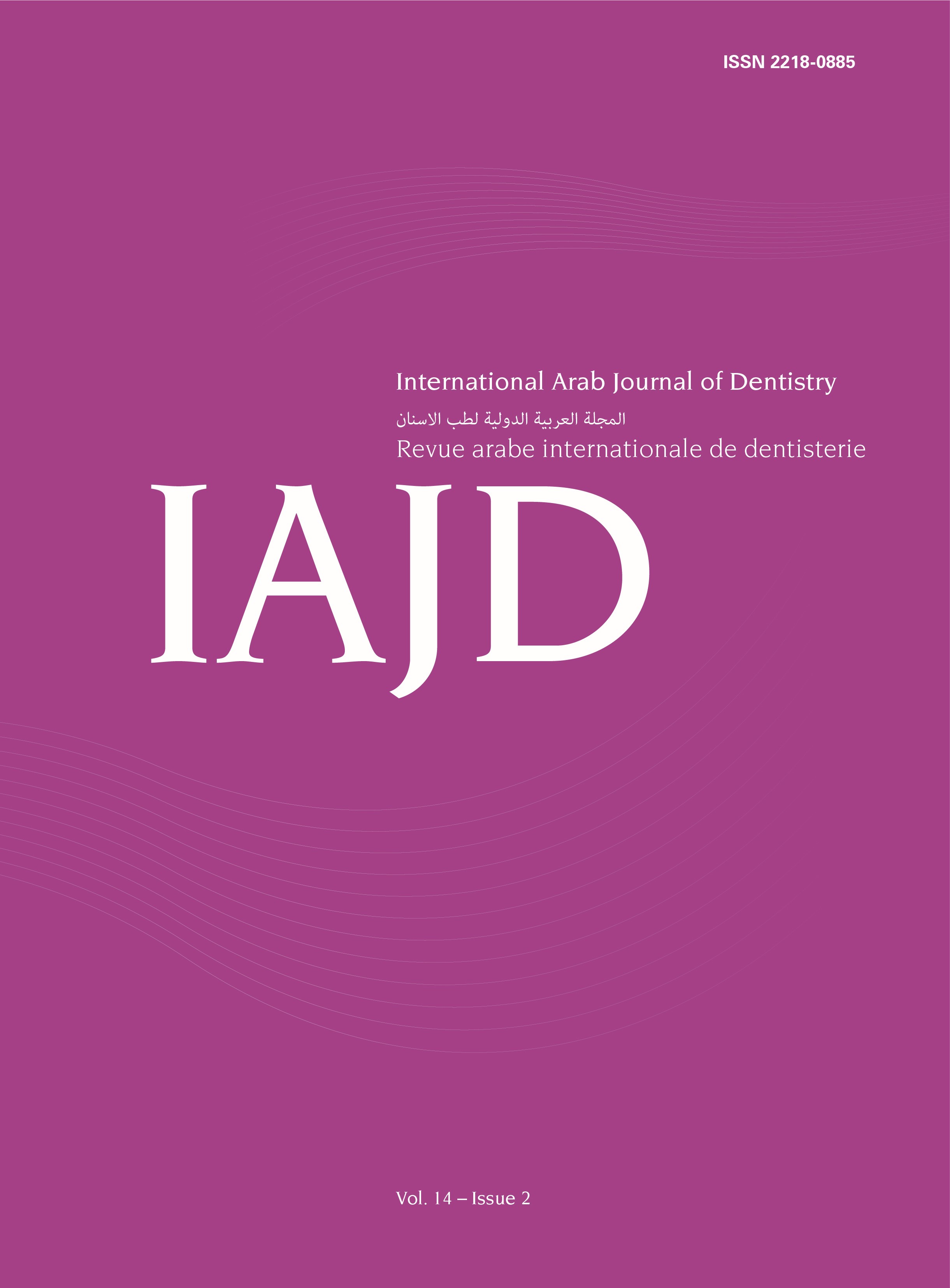Abstract
Background: The treatment choice in adults with skeletal class III malocclusion represents a challenging task for orthodontists, especially in borderline cases. With the growth spurt being surpassed, the clinician is left between two treatment options: orthodontic camouflage or orthognathic surgery. Around the years, many studies tried to uncover a guide model which enables practitioners to distinguish between skeletal class III that can be appropriately treated by orthodontics alone and those needing surgical intervention.
Aim: The aim of this study is to demonstrate the importance of cutaneous profile perception as a subjective decisive parameter in the treatment of borderline skeletal class III adult patients and, as a secondary objective, to compare it with the most decisive cephalometric parameters found in previous studies.
Material and methods: Among 28 skeletal class III patients found in the Saint Joseph university orthodontics department’s data base, 10 different adult patients: 4 males and 6 females have met the inclusion criteria. Three types of data have been gathered from each patient: lateral cephalograms, profile photographs and the treatment that the patient underwent. To understand the significance of profile perception in the treatment plan for these patients, all of the 10 patients profile photographs were put in a survey that was sent to 3 groups of people: orthodontists, dentists, and laypersons. Each participant should evaluate based only on his/her perception of the photo if the patient should be treated by orthodontic-surgical treatment or if an orthodontic camouflage alone is enough. In addition, the efficiency of profile perception will be compared with the efficiency of the most decisive cephalometric parameters found in literature: ANB angle=-4°, Witts appraisal =-5.8mm.
Results: A total of 158 participants were included in this study. When we compare what participants chose based on profile perception with real treatment, 75% of orthodontists have correctly classified the patients. Lower rates were noted for dentists and laypeople, respectively 65% and 64.5%. If we also consider the cephalometric values found in literature (ANB=-4°, Witts appraisal=-5.8mm) as the correct treatment that should have been done, 70% of the patients were correctly treated in our faculty.
Conclusion: There are no cephalometric or clinical golden standards to decide between surgical intervention or orthodontic camouflage in adult patients presenting skeletal class III malformation. Cephalometric values are very useful but insufficient tools even when many parameters are combined. Both objective and subjective criteria should be taken into consideration to individualize each treatment plan according to each patient.

